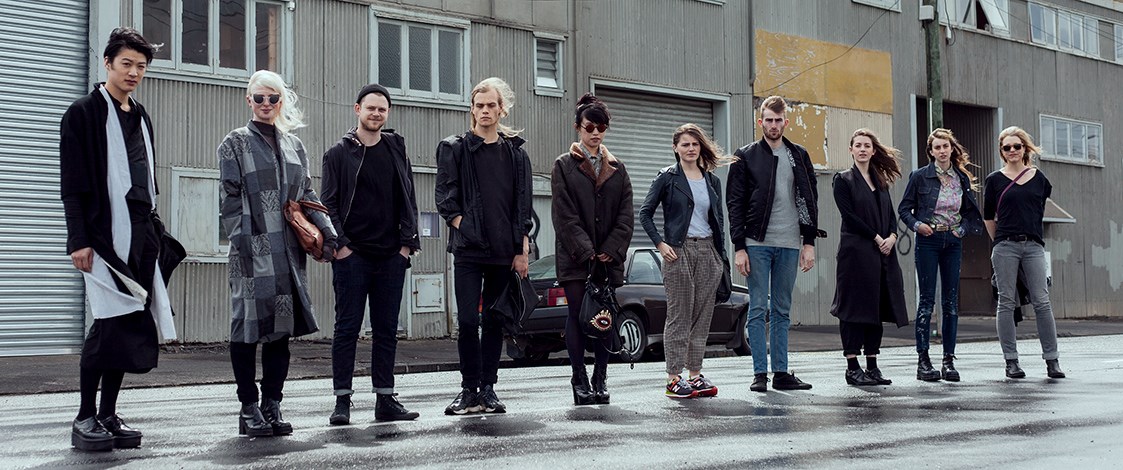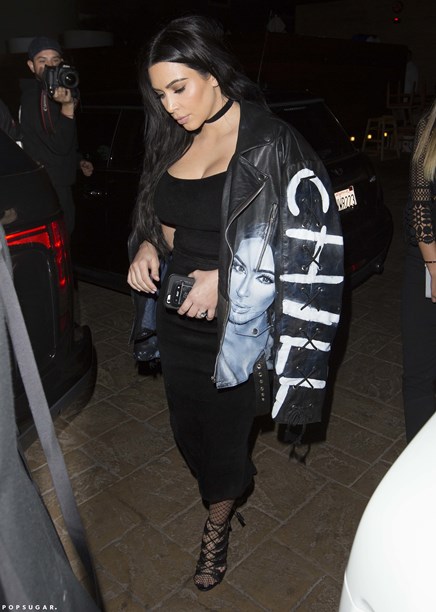Stories
Youthquake

Fashion is synonymous with change and documenting change through the lens of fashion, within a social and historical framework, helps provide insights and tools to forecast future developments. The exhibition Elle and the Youthquake: the changing face of fashion looks at the role of youth in fashion by putting the 1960s and 70s experiences of Wendy Ganley and her label, Elle, alongside the experiences of designers at the beginning of their careers now.
In 1965, Diana Vreeland – then editor-in-chief at Vogue magazine – declared that the world was subject to a 'Youthquake'. In coining this term she was observing the trickle up of youth culture and its powerful impact on mainstream society and fashion; a reversal of flow not seen since the 1920s. The 1960s version again featured shortening hemlines and an unstructured fit made for action but this time with the addition of exuberant pattern and an abundance of colour.
It is incumbent on the young to shake the foundations of the status quo and the youthful designers of today find themselves tasked with shaking up a global fashion climate that diverges in important ways from their predecessors.
Today while there appears to be much more choice than what was available in the 1960s, there is also a pervasive superficiality and sameness to the offerings that emerges from multinational chains with their focus on 'fast fashion'. This reality is not a place in which our designers can see themselves, and just like those that went before they must create a new world in which they and their group can 'dress up' in a way that gives expression to their own identity.
These new designers have arrived at fashion via a mix of pathways; some have trained in tertiary institutions, others have come out of the workrooms of practicing designers, and a number have gravitated to fashion simply because that is where they want to be. Behavioural psychologist Jacqueline Smart’s Identity Insight Report on Young New Zealanders, (2014) notes that young people today are very determined not to sit idly by: they take the initiative and are "giving it a go". Every one of our new generation designers fit this profile. No one is waiting to be "discovered", they are all actively engaged in designing, making and marketing clothing and accessories that are unique and personal.
Our cohort shares many common threads with the practices and values of their predecessors. Wendy Ganley and her contemporaries made the pieces themselves, at least in the first instance. Likewise, many of today’s group cite the hands-on process of making and the visible and skilful hand of the craftsperson as important and valuable characteristics of what they produce.
The move to a more democratic and accessible wardrobe pioneered in the 1960s lives on today with everyday wearability ranking as a very important characteristic for most of these designers. Yesterday’s young designers may have yearned to express youthfulness and movement through their clothing, but, today’s consider more abstract concepts. Themes which occur across this cohort reflect these designers’ thoughtfulness about current social issues of identity, the representation of gendered beauty, and broader ethical issues raised by our consumer culture and its economic framework.

Shirts by Nicole Wesseling.
It is this consideration of consumer culture that also colours many contemporary choices of materials, with designers thinking about sustainability in their processes. Reusing and repurposing existing textiles is one feature, as is the resurgence in the use of natural materials. The investment of time, care and attention to detail – with a commensurate pay off to the consumer in terms of longevity and endurance – is another important strategy.
The one area of total divergence is in the act of selling. Where the boutique was the modus operandi of the 1960s designer, today none of our designers have physical shops, choosing instead to use social networking, pop-up shops and online stores. Our creatives today, want to be in charge of making their own world, in their own way. They have a pragmatic, determined approach to life, and a confidence on the international stage.

Clara Chon was commissioned to make this jacket for Kim Kardashian West and it became a paparazzi magnet when the reality television star wore it in February 2016.
Through their conscious choices of materials and design elements, they are communicating the wider social values that they adhere to and want to share. These designers are well connected to their generation and are supported by a group of people, just like them, who engage, embrace and participate in the culture of what they do.
While social circumstances made creative ideas and income a happy marriage fifty years ago, today the challenge is how to make the current wave of young energy and vision a powerful and sustainable model. Can this new generation shake the foundations of the global fast fashion system and once again change the face of fashion? Are we witnessing the early tremors of a new Youthquake?
Text by Doris de Pont. Banner image by Frances Carter, 2014. From left: Steven Park, Anthea Tucker, Glenn Yungnickel, Sam Clyma, Clara Chon, Chlöe Swarbrick, Alex Bartley Catt, Nicole Wesseling, Rose Thomas and Sera Mitchinson.
Published April 2020.